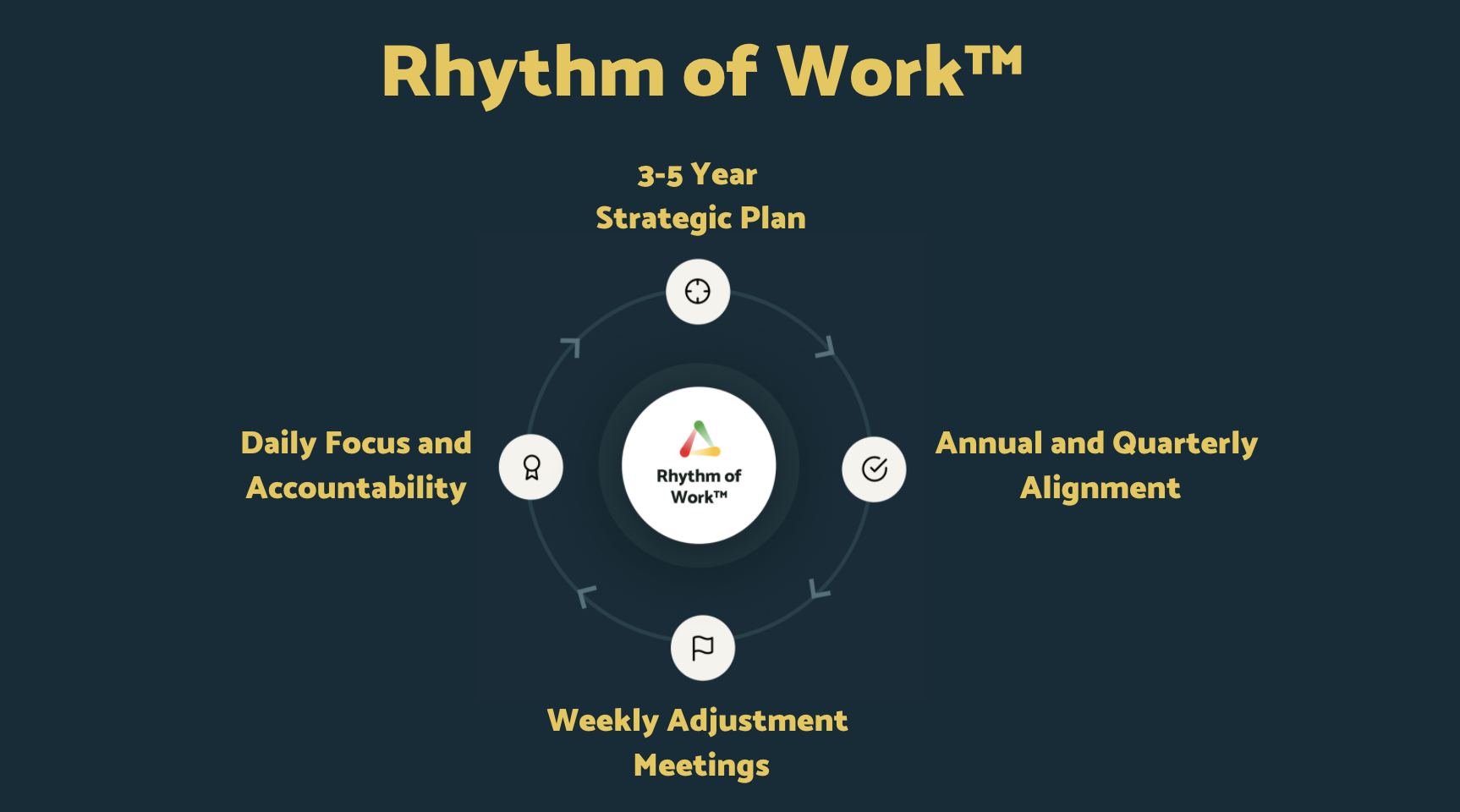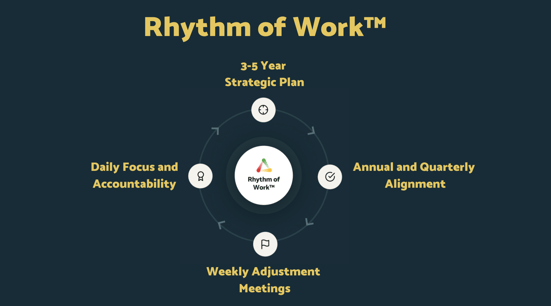Accountable Leaders & Teams
![]() All Articles
All Articles
Published February 01, 2021 at 05:56 PM


Cindy Praeger
Co-Founder and Managing Partner at Rhythm Systems

As companies grow, complexities tend to grow as well, making executing growth initiatives on time challenging. Fragmentation and silos become prevalent as the Rule of 150 comes into play due to growth. Employees tend to work on departmental agendas rather than the overall company agenda. Everyone is busy, but they produce little value. There is no real focus or common purpose—too many priorities driven by too many bosses. Examples of work that consumes a great deal of time and returns little value include: wasting valuable meeting time by rehashing problems that are already understood, gathering evidence to show who is at fault for something that went wrong, documenting the flaws or omissions of others, or spending a significant amount of time building allies to consolidate power.
At a time when they have more resources and expertise than ever before, mid-market companies commonly execute poorly on their strategic initiatives such as integrating acquisitions, entering new markets, launching new products, and scaling operations.
By contrast, High-Performance Teams have a very specific rhythm of work—intentional times to stop, review what is working and what is not, and make necessary adjustments. For high-growth firms running at a rapid pace, these rhythms are critical to getting the right things done at the right time and in the right sequence.
To read more, download the complete white paper below.

